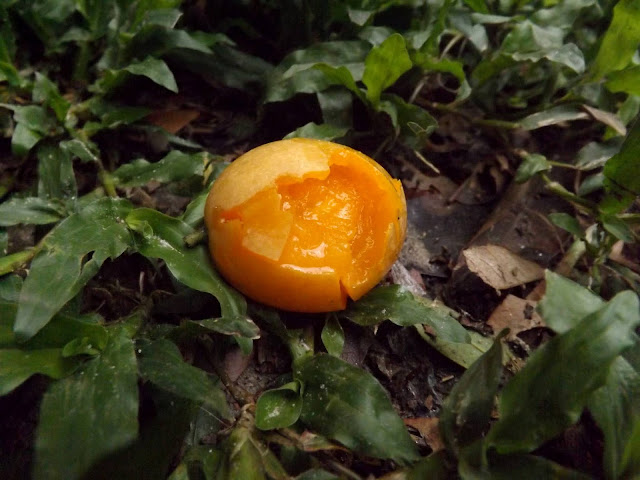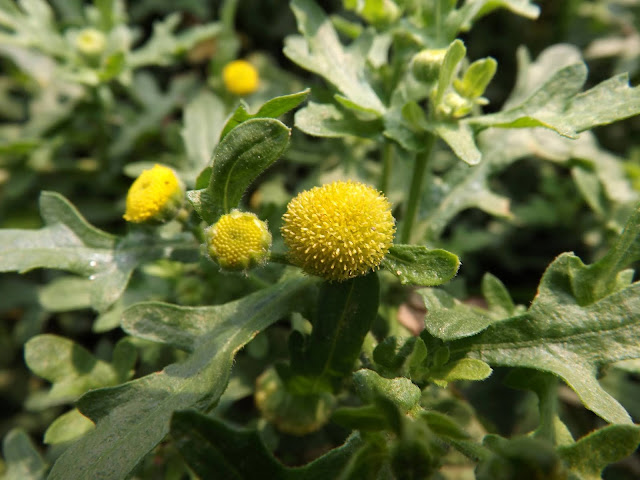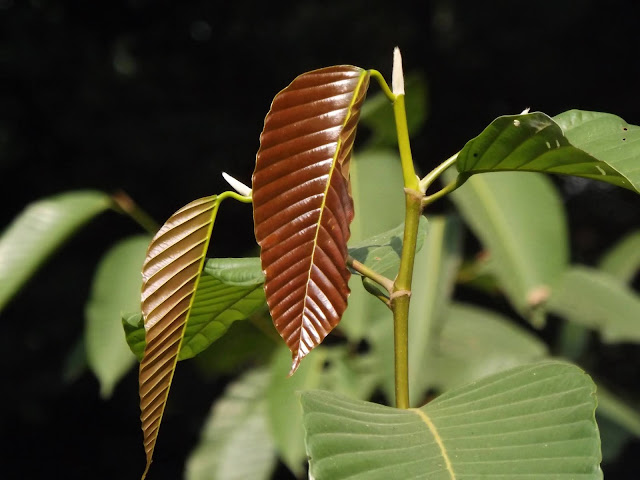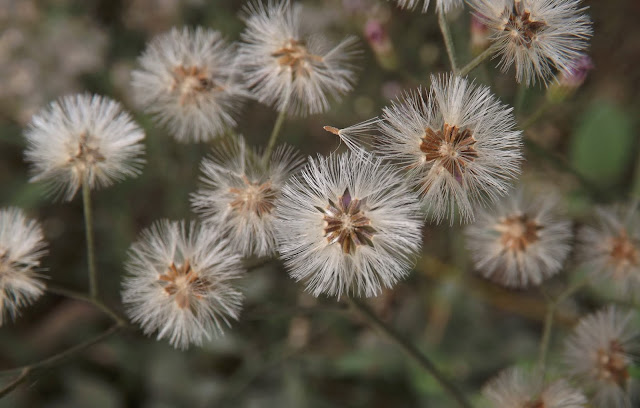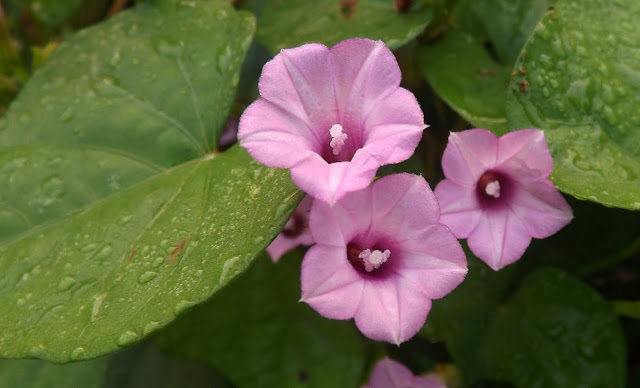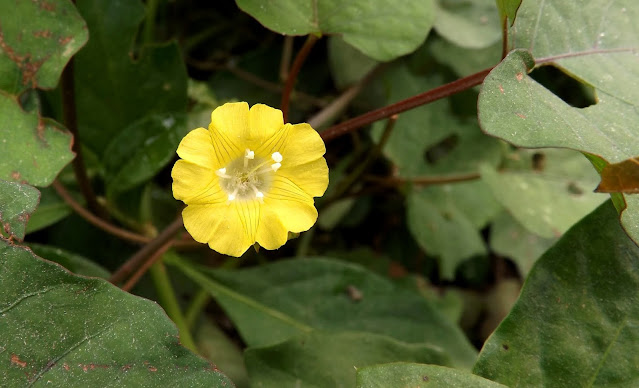Choto betmara or Choto birmala, Calliandra umbrosa

Choto betmara or Choto birmal a ( Calliandra umbrosa , family: Mimosaceae) is a small-sized deciduous tree with narrow and drooping branches, attaining a height of 3 m. It is found at the foot hills and near streams in Chattogram and Chattogram Hill Tracts of Bangladesh. It is also found in Eastern India, Myanmar, China as well as few countries of Southeast Asia. Leaves are large, elliptic-oblong, glabrous, slighty leathery, 3-14 cm long and 3-5 cm, sessile, apex acute or blunted. Pinnae 2, each has 2 leaves but sometimes a smaller one may be present. Stipules 2, tiny. Flowers are usually in globose head, axillary or on old wood, small, white, with numerous stames like other members of Calliandra genus; filaments white. Female and male flowers look similar. It blooms in the rainy season to autumn. [Pure-shaped (Calliandra-looking) flowers were not found due to rain] Fruit is pod, flattened, dark brown, 8-15 cm long and 2-3 cm wide, dehiscent. Seeds 4. When wood is burned, it gives off

